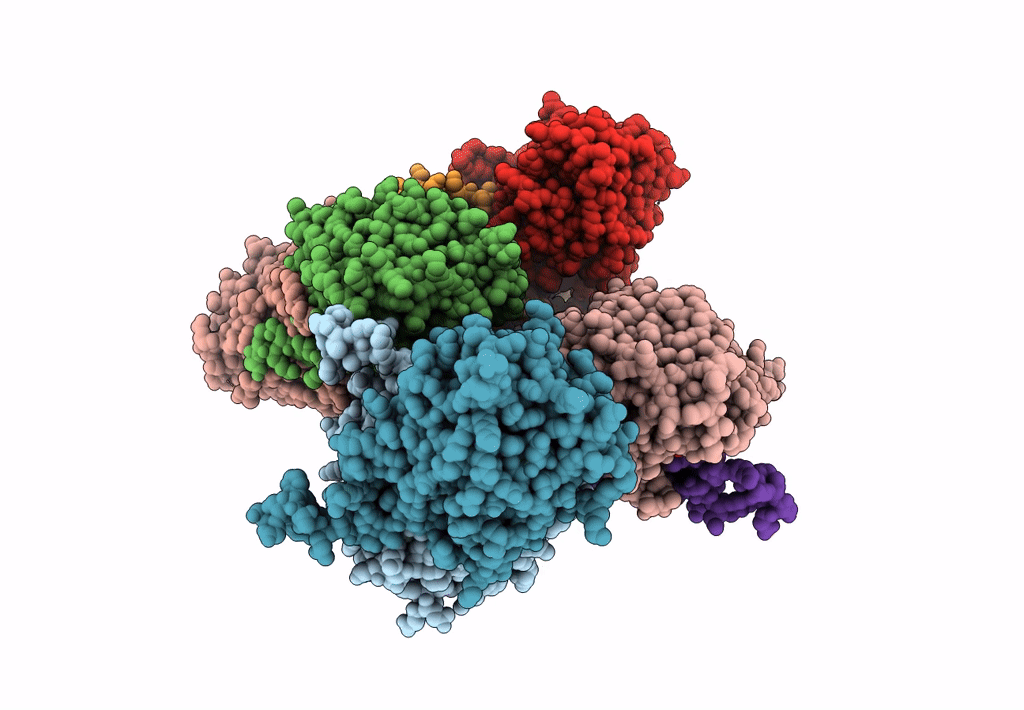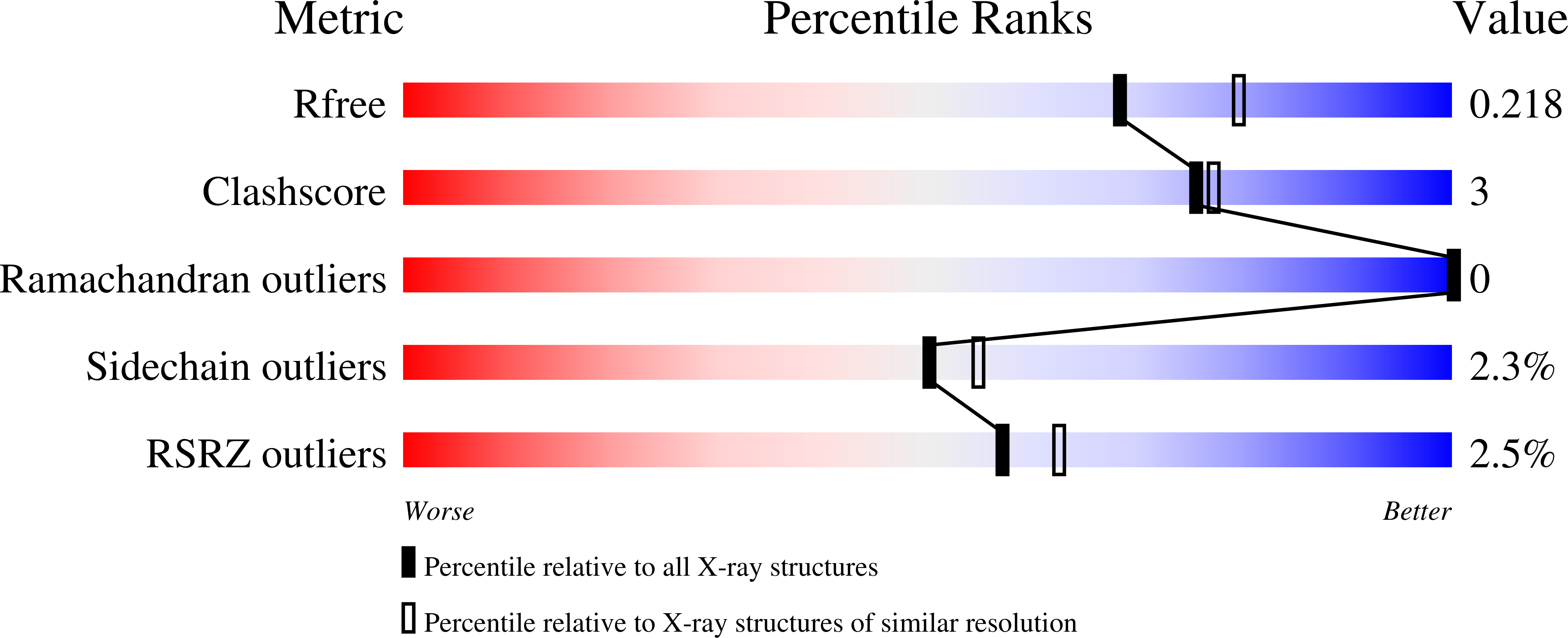
Deposition Date
2022-11-10
Release Date
2023-03-08
Last Version Date
2024-02-07
Entry Detail
PDB ID:
8BLT
Keywords:
Title:
Structure of Lactobacillus salivarius (Ls) bile salt hydrolase(BSH) in complex with taurocholate (TCA)
Biological Source:
Source Organism:
Ligilactobacillus salivarius (Taxon ID: 1624)
Host Organism:
Method Details:
Experimental Method:
Resolution:
2.10 Å
R-Value Free:
0.21
R-Value Work:
0.17
R-Value Observed:
0.18
Space Group:
P 1 21 1


